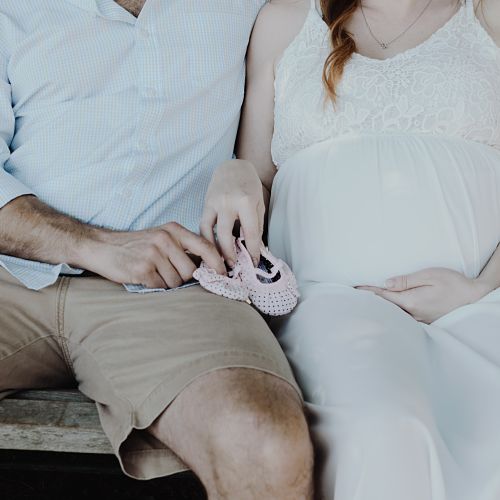With technology advancing, there is now more help than ever for couples wanting to have a baby. Many tools now help to determine the ovulation time for a woman to increase the chances of conceiving quickly. Some of the tools help to track the basal body temperature while others are ovulation tests that are available over the counter. All help to breakdown the cycle and find the ovulation period.
Most women will ovulate 16 to 21 days after their period. There is just a 12 to 24 hour window of opportunity to fertilise the egg and then the woman will have to wait until ovulation in the next month’s cycle. By preparing in the best possible way, it makes it easier to deal with the specific schedule and timing.
Ovulation Test Kits
These are known as urine ovulation predictor kits (OPKs) and are the most common and oldest forms of ovulation tests based on urine. Using an OPK is very similar to using a pregnancy test. The test strip will need to be covered in urine and then the results can be interpreted. The test measures the Luteinising Hormone (LH) to check for a surge over a period of days, giving an extremely accurate determination of the point of ovulation. This helps the couple know the best time to try for a baby.
Urine-Based Fertility Monitors
Another way of predicting ovulation is with a urine-based fertility monitor, which checks the LH and the oestrogen levels during the ovulation and menstrual cycle. Women will usually need to use the test stick for readings over a 10 or 20 day period, depending on the length of the cycle and when the LH surge is spotted. The monitor lets you know the level of your fertility – peak, high or low – to determine the best time for insemination or to have intercourse to increase the chance of conceiving. Most of the time, there is between one and five days at the high level and two days at the peak level, which are the best times for conception. These are not as affordable as the basic prediction kits.
The most recent innovation is this type of monitor has been the introduction of the Clearblue Connected Ovulation Test System.
Saliva-based Fertility Monitors
Another way of testing your fertility is by using saliva-based tests. A saliva fertility tester checks on a woman’s oestrogen levels and not the LH, like the urine-based ones. Just before ovulation, the levels of oestrogen in the body rise and the saliva tests can check for this. The saliva is on the test slide and is similar to a microscope. The saliva “ferns” when there is oestrogen present; meaning that specific patterns form when it dries similar to when a window becomes frosty. The ferns are a sign that ovulation is about to begin.
Use An App
Got an iPhone or an Android phone? There are now lots of apps that can help you predict your most fertile time. Some of the most popular include the Natural Cycles Fertility App and Ovia Fertility. We also include in this section Breathe Ilo and the Ava bracelet. Both link to smartphone apps, but the first uses breathe analysis to accurately predict your fertile days. The latter device is a type of wearable tech and takes the form of a bracelet that is only worn at night.
There are different types of tests for ovulation and the cost varies among them. The original urine-based tests are more affordable but the saliva-based ones can be the most financially effective if used over numerous cycles.
Photo by Kelly Sikkema on Unsplash
This post first appeared in May 2013 and has been updated since.
Zoom Baby is a leading supplier of Pregnancy Tests and Ovulation Test Kits





